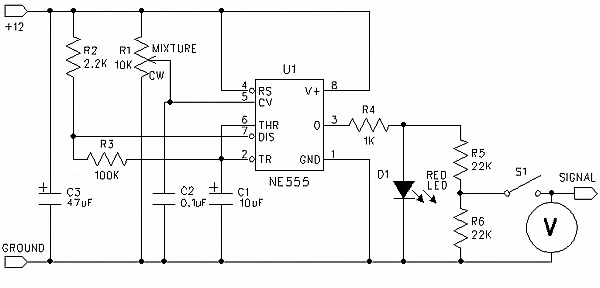Gas mileage myths
Last Updated on July 22, 2024 by Mutiara
Many people make false claims that a device they’re selling will increase your gas mileage. Following is a list of various claims along with explanations on why they do not work. Do some research before spending you hard earned money on something that doesn’t work. The only way to improve mileage is to stick to the basics. Make the combustion process more efficient and to reduce any forces which cost power, friction, and drag, either to the engine or the vehicle.
- Magnets on fuel lines: No evidence exists to support that putting magnets on fuel lines does anything at all.
- Swirl devices: An example of this would be the Tornado Air Twister. Swirling the air only serves to slow and limit the airflow. (see image below). There is no fuel in the airstream until it reaches a point just before the valve. There is no way any amount of swirling can travel from the air tube, past the throttle body, and the butterfly valve which is nearly closed at cruising speeds, into a large plenum, then turn 90 degrees and split going into 4 separate runners each 12-18 inches long. Each runner then curves and diverts into a smaller runner and into the intake port of the cylinder head where it will make another 90 degree turn to flow past the intake valve and turn again into the cylinder.

- The idea of swirl is to keep the fuel atomized. Since there is no fuel until right before the intake valve, it would do no good even if it swirled all the way down. Swirl in the cylinder and combustion chamber is handled by the offset of the valve and the offset of the low speed intake runner. There are never any actual scientific tests done on these devices on a chassis dyno.
- Some people may actually think they get better mileage. They put one of these devices on, and then are conscience of their driving habits and drive easier getting a bit better mileage.
